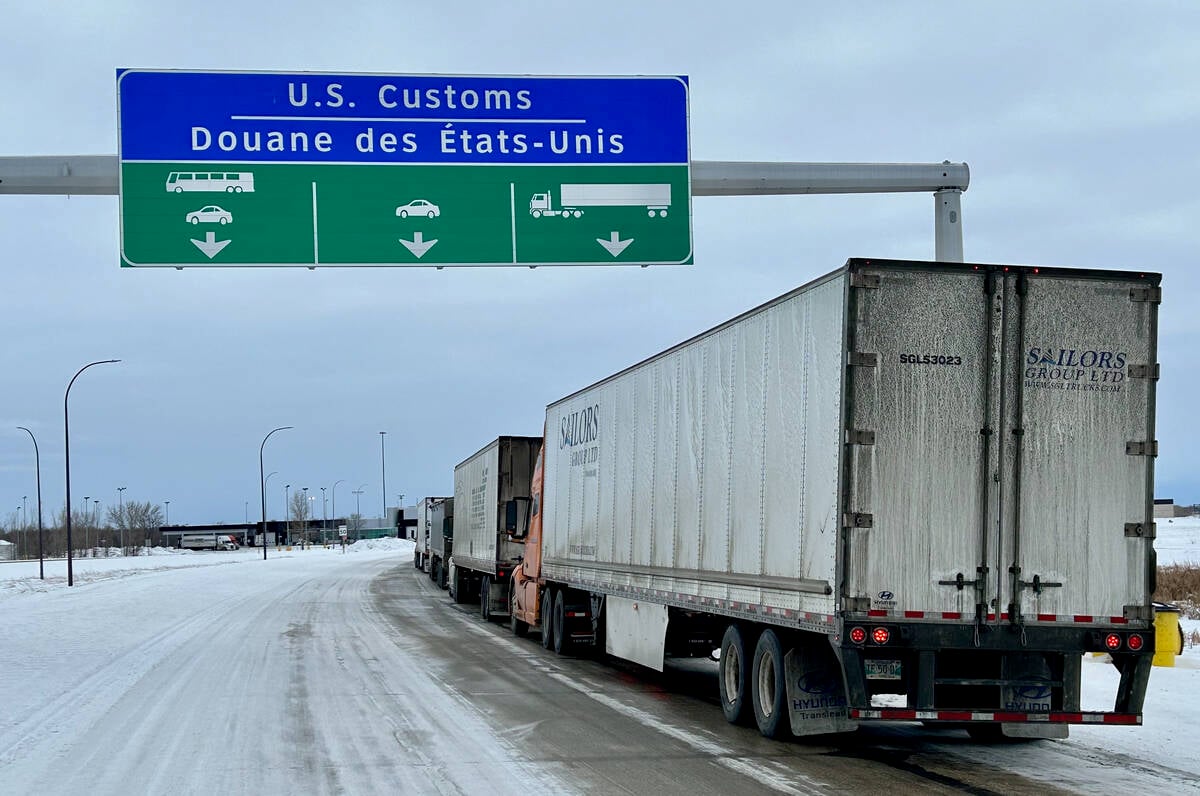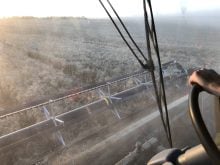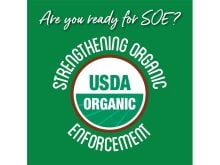VANCOUVER – Selling produce locally is easy for fruit and vegetable growers.
It’s even possible for livestock producers to take meat directly to consumers.
But what are grain farmers, who typically produce tonnes of grain that are shipped around the world, supposed to do?
Food policy advocates agree that all farmers must get a decent return for their work and production.
Buy-local programs are designed to create awareness of agriculture and the people who grow food, and at least some consumers are willing to pay more to support those farmers.
Read Also

U.S. bill could keep out Canadian truckers
The Protecting America’s Roads Act, which was tabled in the U.S. House of Representatives at the beginning of October, would “rid the country of illegal immigrant commercial truck drivers and ineligible foreign nationals.”
Karen Pedersen, who farms near Cut Knife, Sask., told the Bridging Borders Toward Food Security conference here last week that buying locally is a great response by individual consumers.
“But if we’re going to change our system … we need to move that to a collective political response,” she said. “Producers around urban areas may be able to make a living. The rest of us will go out of business.”
Grain farmers are earning similar prices to those in the 1970s, she said. Whenever prices go higher, someone else takes the profit.
“What we need is power in the marketplace,” she said.
Food security is about making sure everyone has access to the food they need, but it also recognizes the farmer’s role in that.
Kim Stansfield and her family grow raspberries and other fruit and have a vineyard on 10 acres near Summerland, B.C. In addition to adding value by making wine, they also produce certified organic red and white wine vinegar.
She said more farmers must be involved when food policies are discussed.
“There is lip service given to the fact that farmers are important,” she said in an interview during the conference
“The ideas are great. But we don’t fix the problem down here (at the farmer level).”
She said even though farms like hers are much smaller than Saskatchewan grain farms, many of the issues are the same. Declining income and resources are problems for all farmers, and those need to be discussed at forums like a food security conference.
“We talk about food programs, but where is (food) coming from?” she said. “Everybody has to come to the table.”
Food Secure Canada chair Cathleen Kneen said one way for people to demonstrate support for grain farmers’ livelihoods would be to come to the defence of organizations like the Canadian Wheat Board.
Dena Hoff, a farmer and activist from Glendive, Montana, said people have to get involved at the political level. They have the right to set policy for food produced and consumed domestically, she said.
Through an interpreter, Mexican farmer Alberto Gomez said, “The time for food sovereignty has arrived.”
He said before the North American Free Trade Agreement was signed, 92 percent of the corn consumed in Mexico was grown there. Last year, the country imported 43 percent of its corn needs and is now the third largest corn importer.

















